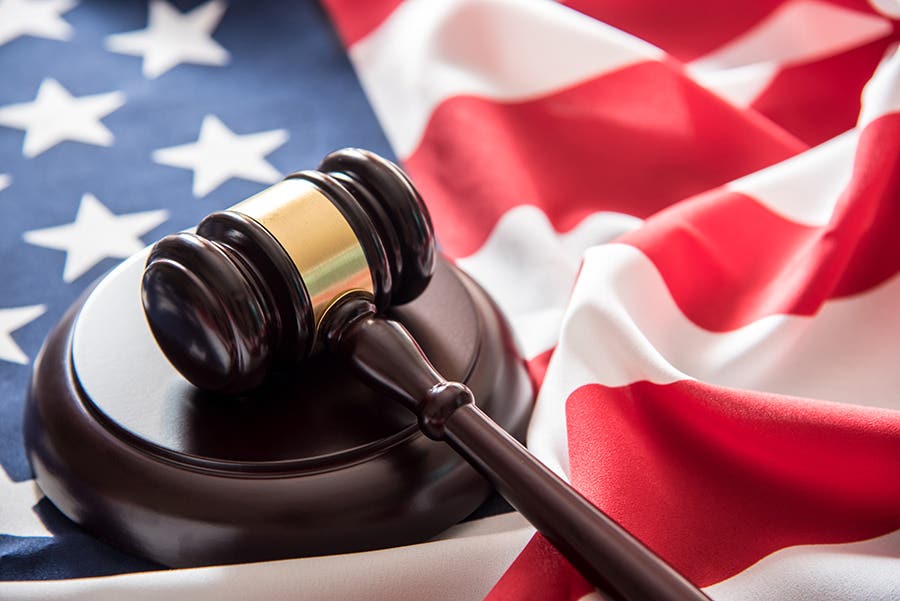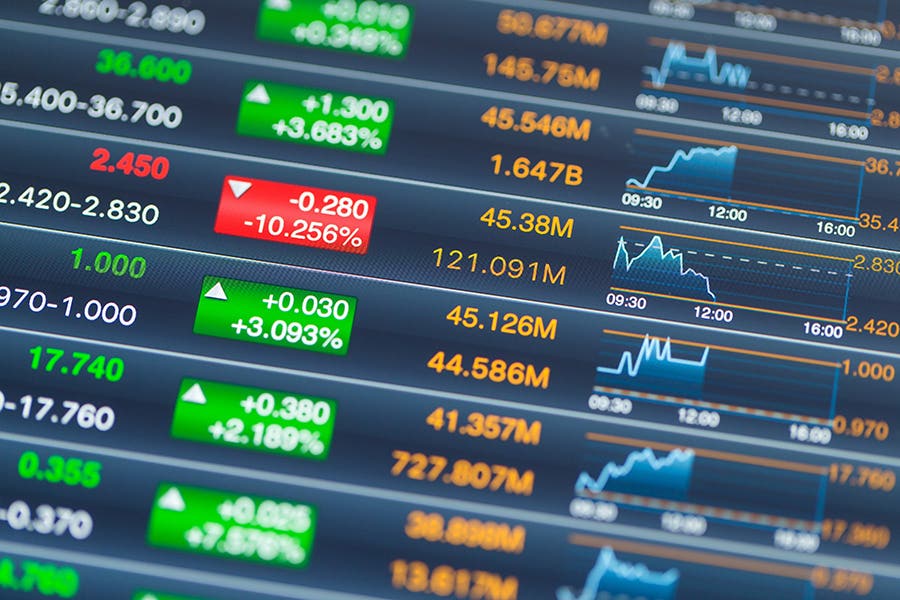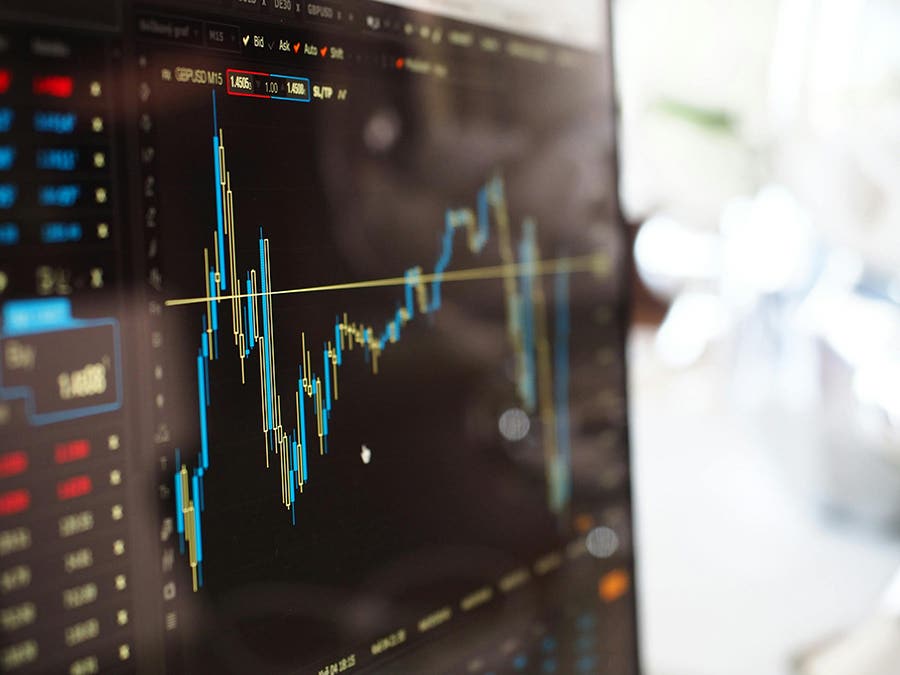Is All Publicity Good for the Hobby?
The biggest danger from all the headlines stating otherwise is that coin collecting is not a get-rich-quick scheme. Otherwise, all this unexpected publicity is welcome.
The publicity that could encourage coin collecting comes from many places, but not all of them are what might be expected. Recent articles have addressed how much in face value in coins gets scrapped and retrieved by recycling companies. Coins that have been abandoned at security checkpoints at airports have been another recent topic. On May 7, NBC Connecticut offered a story titled “From pennies to quarters, these error coins could be worth over $25,000.”
A recent GoBankingRates.com article begins, “The next time you decide to put all your spare change into the nearest Coinstar machine, take a moment to sift through it. You could be sitting on some extremely valuable coins.” The article continues by naming a 1794 Flowing Hair silver dollar, 1933 $20 double eagle, 1913 Liberty Head nickel, and other outstanding rarities as if the average non-collector might find one in change.
All these make for great publicity that might encourage someone to begin collecting coins, but at the same time, each of these stories sets the bar too high for reality. At least the June 3 front-page Wall Street Journal article titled “Small Fortune: The Thrill of Collecting Abandoned Coins” that, among other things, speaks of Sarah Bowen Shea’s blog about finding lost coins while jogging makes sense.
The hobby continues at a steady pace, as evidenced by attendance at shows and club meetings, while Costco continues to report consumers buying their gold and silver coins and related products. The only danger to all the headlines noted above is that coin collecting is not a get-rich-quick scheme. Otherwise, all this unexpected publicity is welcome.
You may also like:








